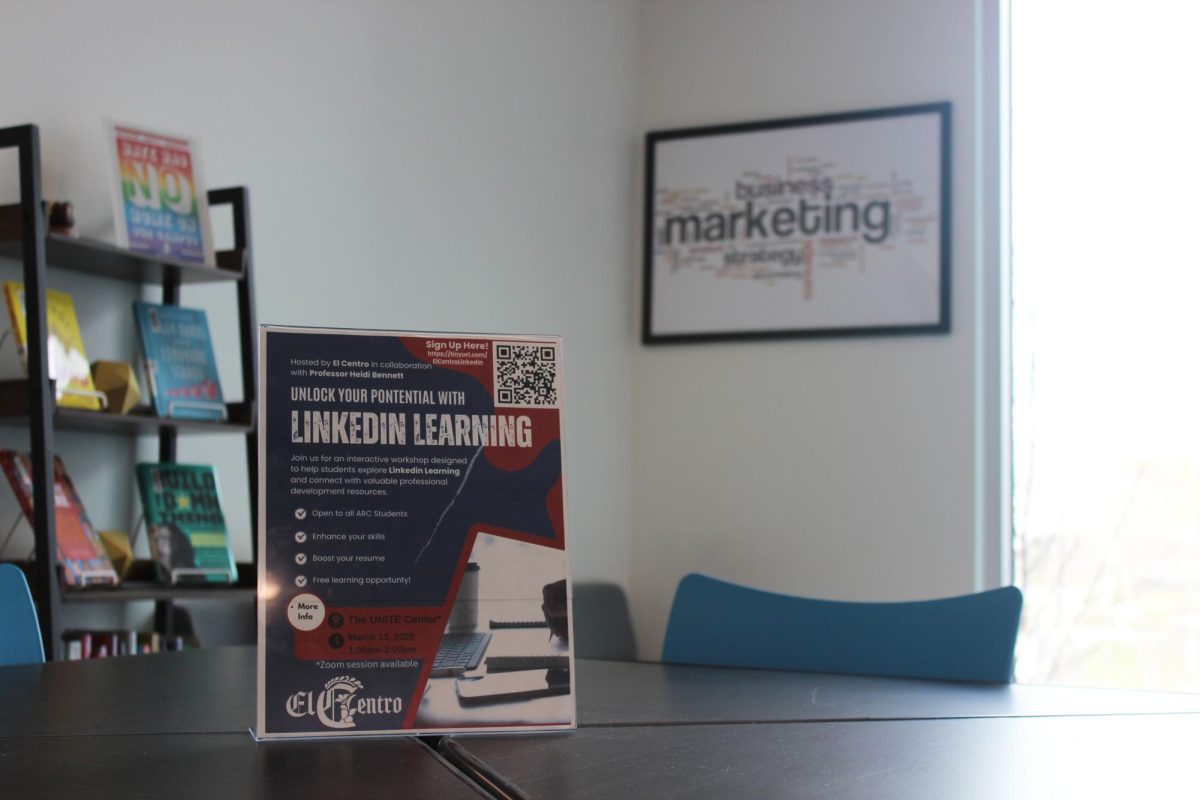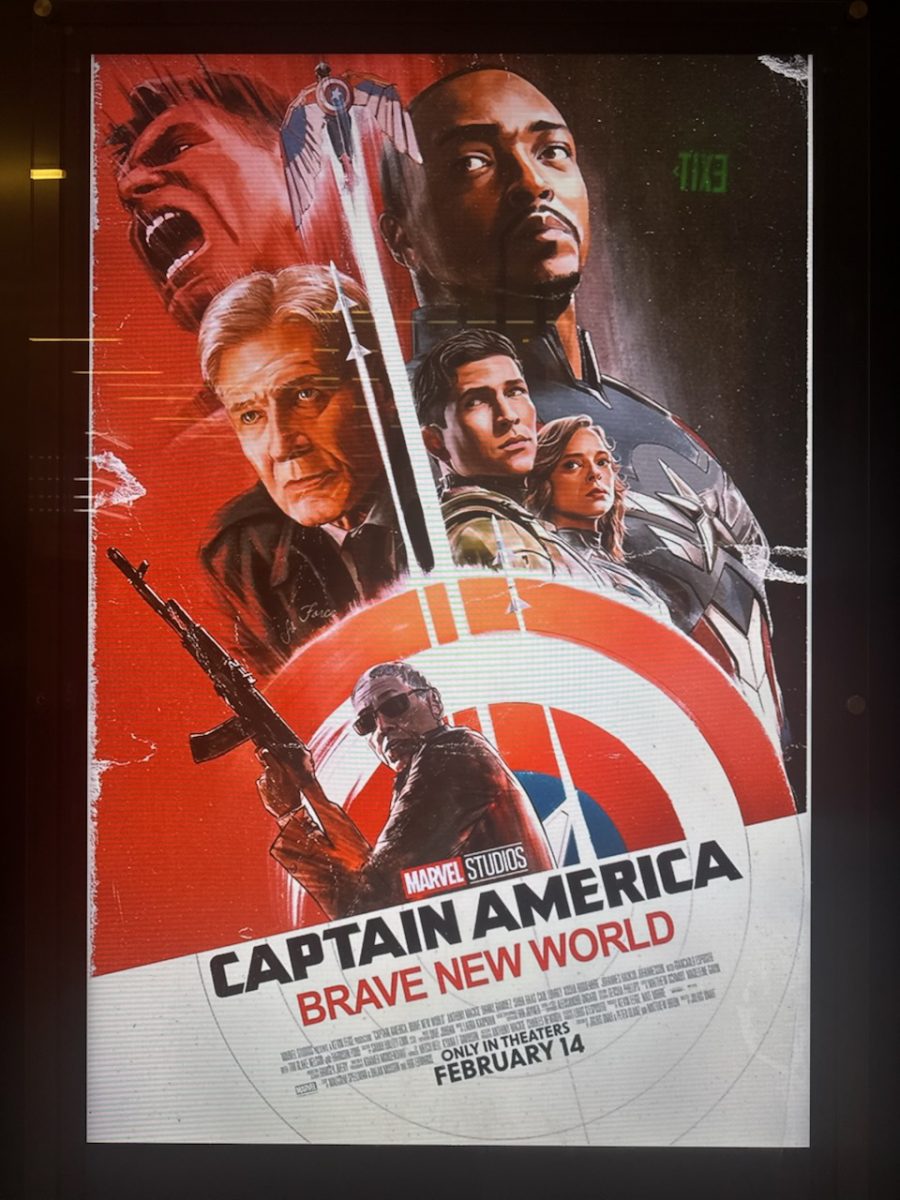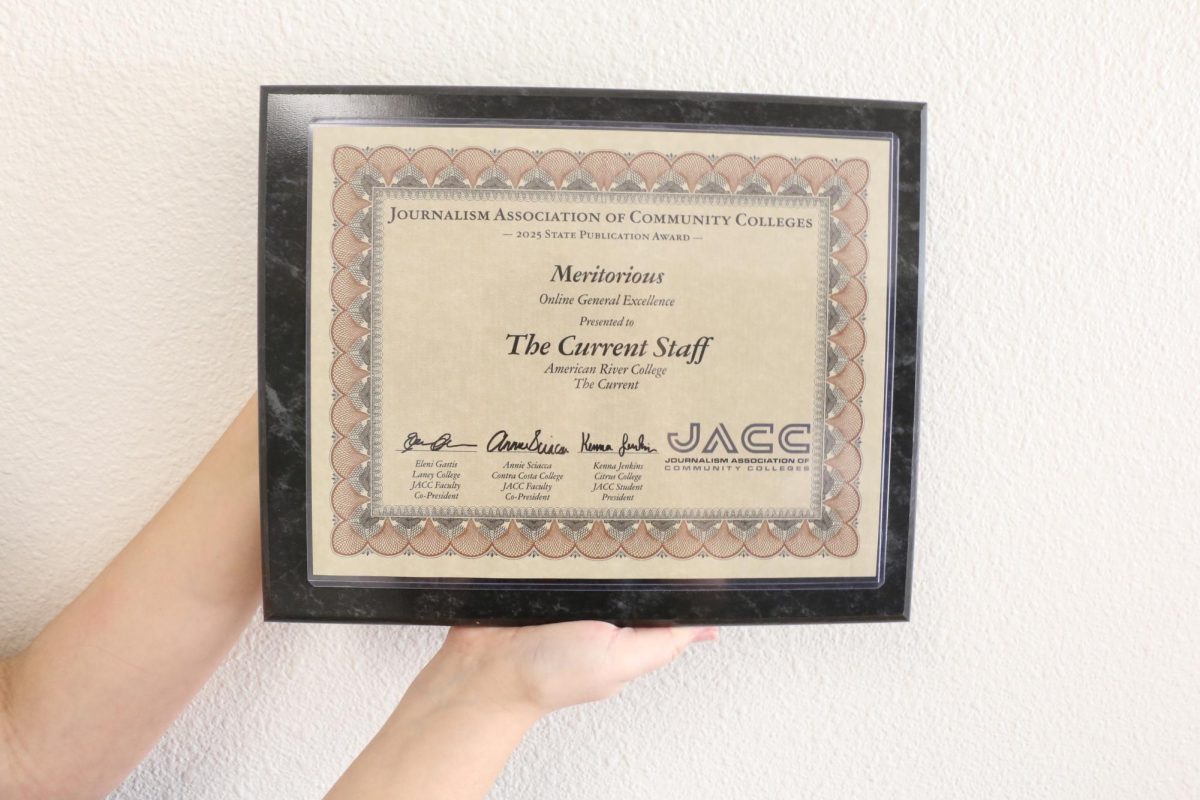A common adage goes “It’s the clothes that make the man,” insisting that outward appearances define the characteristics of a person. If there were a digital version of the adage, it would appear through social media. Colorful photos and vivid descriptions of wanderlust lead the rest of us to believe that they are living their best life. Now, what if those allusions could appear in the form of proficiency through legitimate, industry-led curricula? Following years of work that began in 2018, some Los Rios colleges had written and subsequently been awarded the funding for a $5 million grant that gives students access to LinkedIn Learning software through the Los Rios Business Information Professional program.
As with all new software, there’s no telling if LinkedIn Learning will be valuable for students, but their first step to figuring it out is understanding the benefits of the software. The Current has taken the liberty of becoming rudimentarily proficient, so students can know what to expect.
The first requirement for students looking to access Linked Learning is to receive a login from their HomeBase. This login web page asks if you want to connect your LinkedIn account.
This is where the experience begins to personalize for its user.
The system asks me if I’d like to expand my career in my current position. As I’m writing this article, I can assure them that I am in no way, shape or form looking to expand my career as a warehouse clerk, so I click that I’m looking for a different career. Asking me what career path I would like to transition to, I characteristically type journalist.
Following a 45-second interlude where LinkedIn algorithms scrub my existing profile, they present me with a personalized plan of how I can transition into a career in journalism. Specifically, it provides me with focuses, or the precise fields they would be educating me in. In seemingly no specific order, they recommend writing, interviewing techniques, as well as research and digital media tools. What I would gain is the art of storytelling, the development of interviewing/research skills and content creation through those digital media tools.
If this reads like a rubric, then you may not be surprised to find that the user interface feels like the Canvas learning software that LRCCD students are already familiar with. Your left column provides navigation and the center of the page lists the modules available for study. The right column, interestingly enough, provides an AI chatbot in case I get confused or need a large learning model to navigate through their learning model.

The videos themselves, at least in the multimedia category, have a more business-oriented feel than a student would find in their classroom material. Whereas the focus of video production in a classroom may be orchestrated toward the use of equipment and lighting techniques, LinkedIn Learning goes more into the business end of things, encouraging open communication with the client as if the student were a site lead or an aspiring small business owner.
For programs geared more toward business students, such as “Introduction to Microsoft Excel,” the online learning platform is more cut-and-dry. Four to five short videos play in succession with a multiple-choice quiz at the end of that chapter. This category specifically holds ten chapters, and upon completion, the student earns a badge proclaiming their proficiency at this caliber of digital spreadsheet manipulation.
“Introduction to Microsoft Excel,” as one minor badge owned by several tens of thousands of other LinkedIn members, is an exercise in futility. In conjunction with several more badges, certifications and online connections, however, students can leverage their network like a digital resume before they’ve even twirled their tassel.
If you’ve had the patience to read through this entire article, Congratulations! You have the patience to earn badges on LinkedIn Learning! To say that the endless stream of videos becomes nauseating is an understatement. The courses make the student want to reach out to their previous semester’s asynchronistic professors and thank them for adding just a dash of personality to break up the monotony.
That said, the resulting information as a complement to existing knowledge is immensely valuable. Being able to comprehend the material because of its simplicity and consistency can be a breath of fresh air for students used to meandering through their professor’s idiosyncrasies to figure out what it is they’re actually trying to teach them.
Additionally, LinkedIn Learning is straightforward and compact, which can act as both a blessing and a curse. The overachiever will appreciate the additional materials to supplement their budding education, as well as the opportunities gained from digital badges and online certificates. The more casual student, on the other hand, may see this as yet another assignment, ignoring the value this software may add to their proficiency and career prospects.
If you’re a student who struggles with math, or a student that plans on working in the private sector directly out of college, I cannot recommend this software enough. For everyone else, they will inevitably encounter this software when its incorporation into curriculum becomes the standard.
Follow William Forseth on Instagram @WilliamForseth or email him at WilliamForseth@gmail.com














